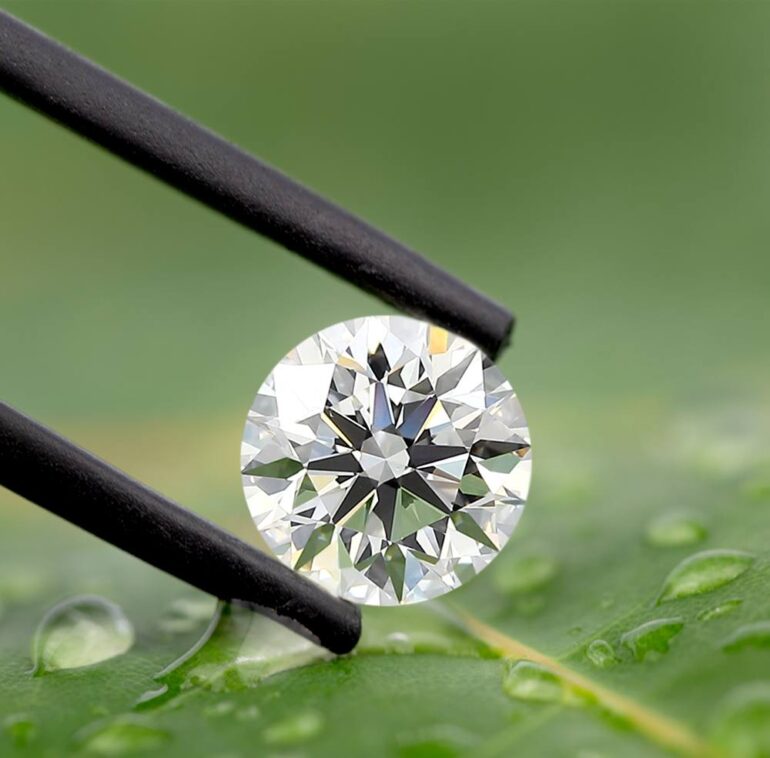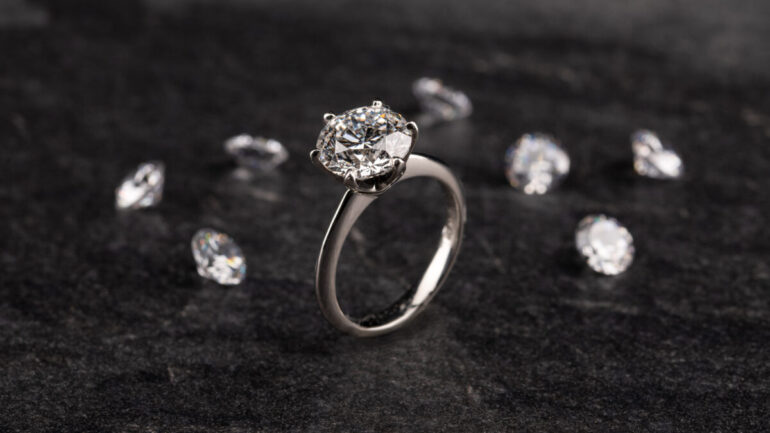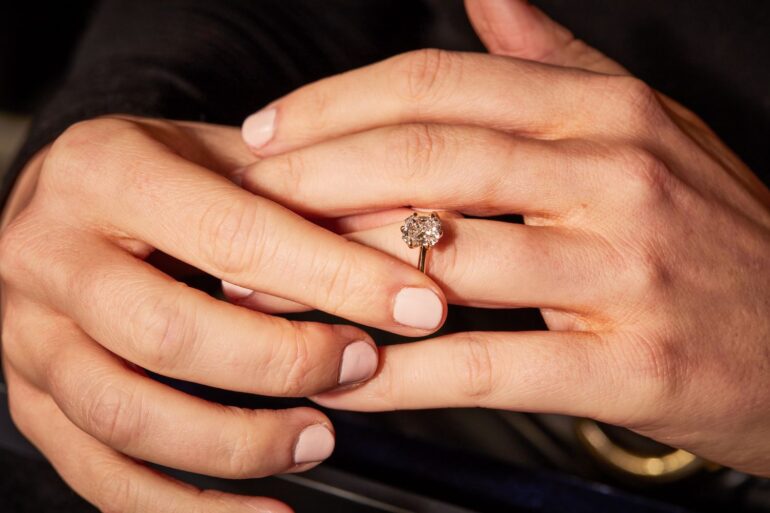When it comes to choosing an engagement ring, one of the most important decisions you’ll have to make is selecting the perfect diamond. And while natural diamonds have long been the traditional choice for engagement rings, lab-grown ones are rapidly gaining popularity as a more affordable and sustainable alternative.
So what’s the difference between a natural and a lab-grown diamond? And which one should you choose for your engagement ring? In this article, we’ll explore the pros and cons of both options to help you make an informed decision.
If you are interested to create your own engagement ring you can check this link.
Natural Diamonds: The Traditional Choice

Natural diamonds are formed deep within the Earth’s mantle under high pressure and temperature conditions. It can take millions of years for it to form and reach the Earth’s surface, where it can be mined and eventually cut into the brilliant gems we all know and love.
Because they are so rare and difficult to find, they are also quite expensive. The price can vary depending on its size, clarity, cut, and color, but it’s not uncommon for a high-quality natural diamond to cost tens of thousands of dollars or more.
In addition to their high price, they also have a significant environmental and social impact.
Lab-Grown Diamonds: A More Affordable and Sustainable Choice

Lab-grown diamonds, also known as synthetic ones, are created in a laboratory using advanced technology that simulates the high pressure and temperature conditions under which natural ones are formed. Because they are created in a controlled environment, they can be produced more quickly and with fewer resources than natural ones.
As a result, they are typically much more affordable than natural ones. While the price of a lab-grown diamond can still vary depending on its size and quality, it’s not uncommon to find a high-quality lab-grown one for a fraction of the cost of a comparable natural one.
In addition to being more affordable, they are also a more sustainable choice. Because they are created in a laboratory, there is no need for mining, which can have a significant environmental and social impact. They are also free from the ethical concerns associated with natural ones, such as human rights violations and conflict diamonds.
Making the Choice: Natural vs. Lab-Grown Diamonds for Your Engagement Ring

Traditional or lab grown diamond rings? Which type should you choose for your engagement ring? Ultimately, the decision will come down to your personal preferences and priorities. Here are some factors to consider:
- Price: If you’re on a tight budget, a lab-grown diamond may be the best option for you. They are typically much more affordable than natural ones, so you can get a larger and higher-quality piece for your money.
- Quality: Both natural and lab-grown diamonds can be high-quality, but it’s important to do your research and choose a reputable jeweler. Look for the ones that have been certified by a reputable third-party organization, such as the Gemological Institute of America (GIA).
- Environmental and Social Impact: If you’re concerned about the environmental and social impact of your diamond, a lab-grown one may be the better choice. They are a more sustainable and ethical option, as they don’t involve mining or the associated environmental and social concerns.
- Sentimental Value: For many people, the sentimental value of a natural diamond is irreplaceable. If you have your heart set on it for your engagement ring, it may be worth the extra cost and potential ethical concerns.
In Conclusion
When it comes to choosing between natural and lab-grown diamonds for your engagement ring, it’s important to weigh the pros and cons of each option and consider your personal preferences and priorities. While natural diamonds have long been the traditional choice, lab-grown ones offer a more affordable and sustainable alternative. Ultimately, the choice is yours, and whichever type you choose, it’s sure to be a symbol of your love and commitment for years to come.

